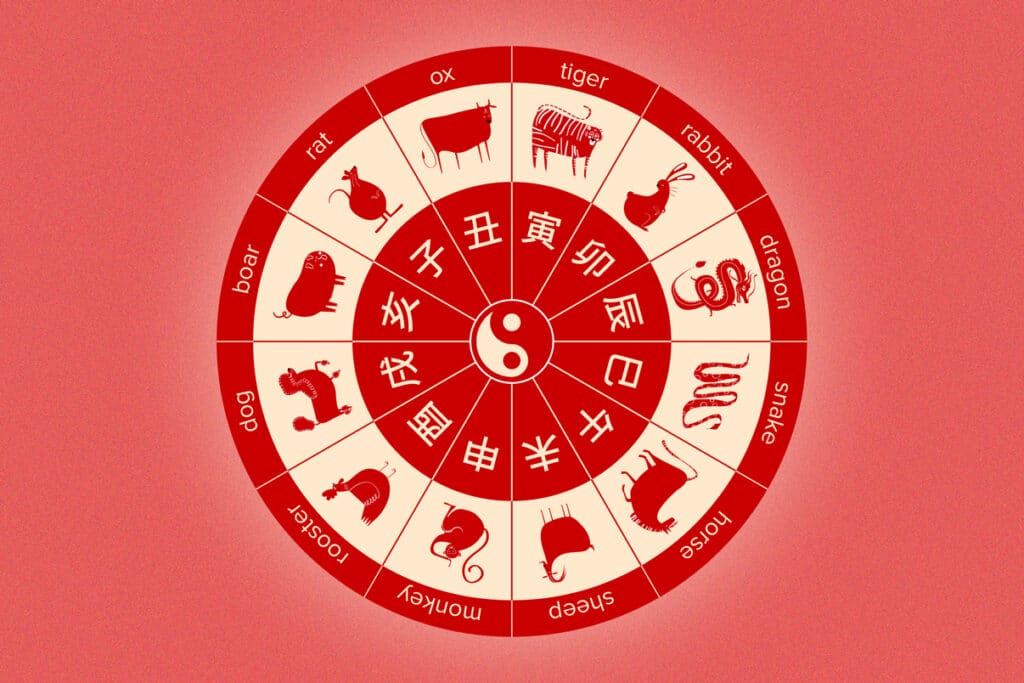12 Japanese Documentaries to Learn About Japanese Culture and History

From ancient traditions to modern societal issues, Japanese documentaries are full of culture and insight.
Learn about Japan, Japanese …

From ancient traditions to modern societal issues, Japanese documentaries are full of culture and insight.
Learn about Japan, Japanese …

Decided to learn the Japanese language?
Fantastic choice! The learning journey ahead will be long, but it certainly doesn’t …

After mastering hiragana and katakana and learning the essentials of Japanese kanji, you’ll need a Japanese dictionary app.
I’m …

For some, Japan is all about anime, manga, samurai, geisha, sushi, game shows, Hello Kitty, Harajuku …

You may have heard that Japanese is one of the hardest languages for English speakers to learn.
In fact, the …

Did you know that the word “zodiac,” in its original etymology, translates to “circle of little animals?”
If you’re familiar …

You want to speak Japanese now, like right now.
Obviously, you can’t learn a language instantly, but there are …